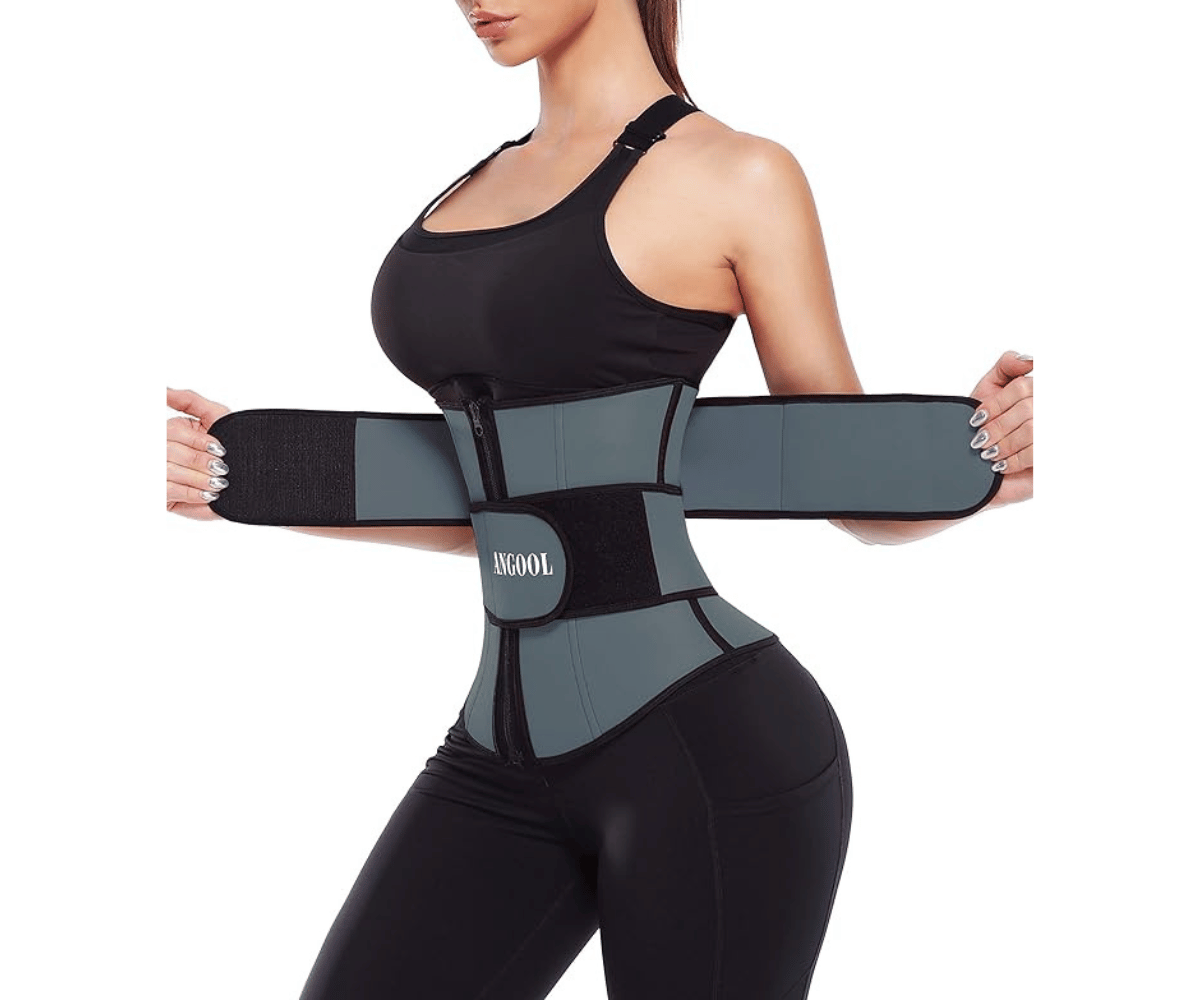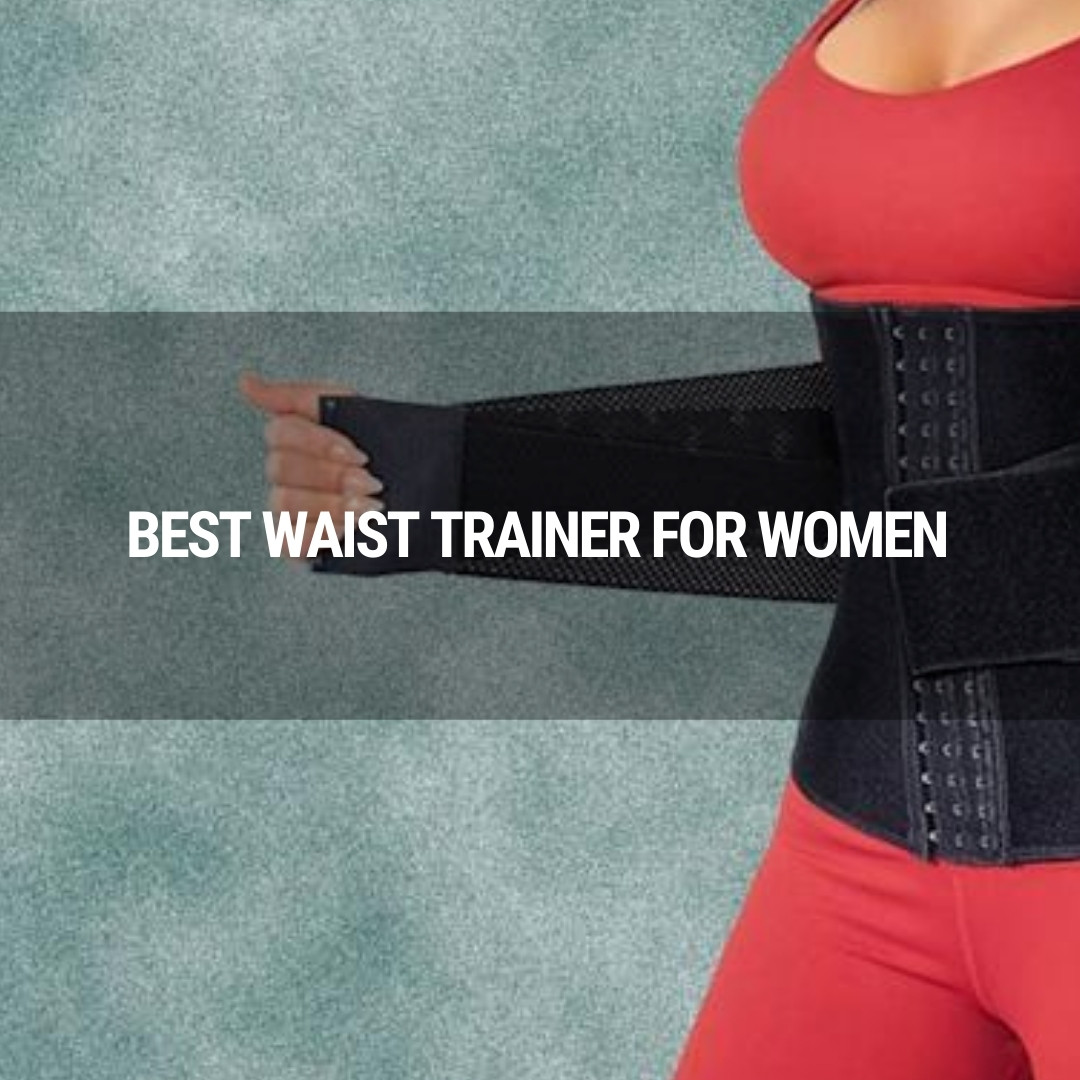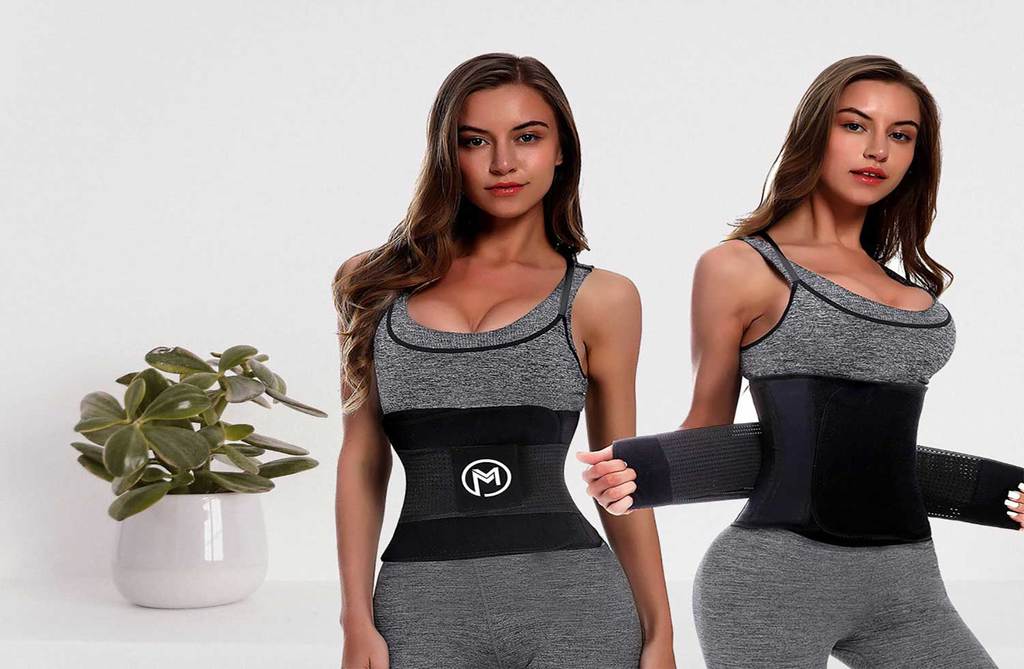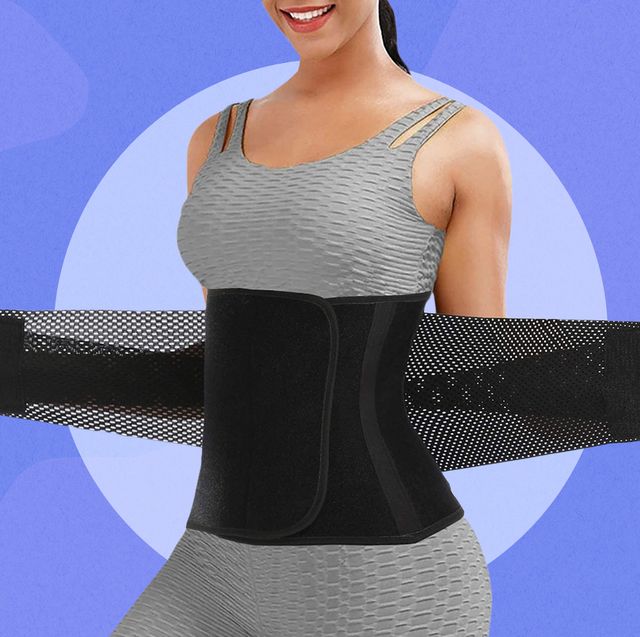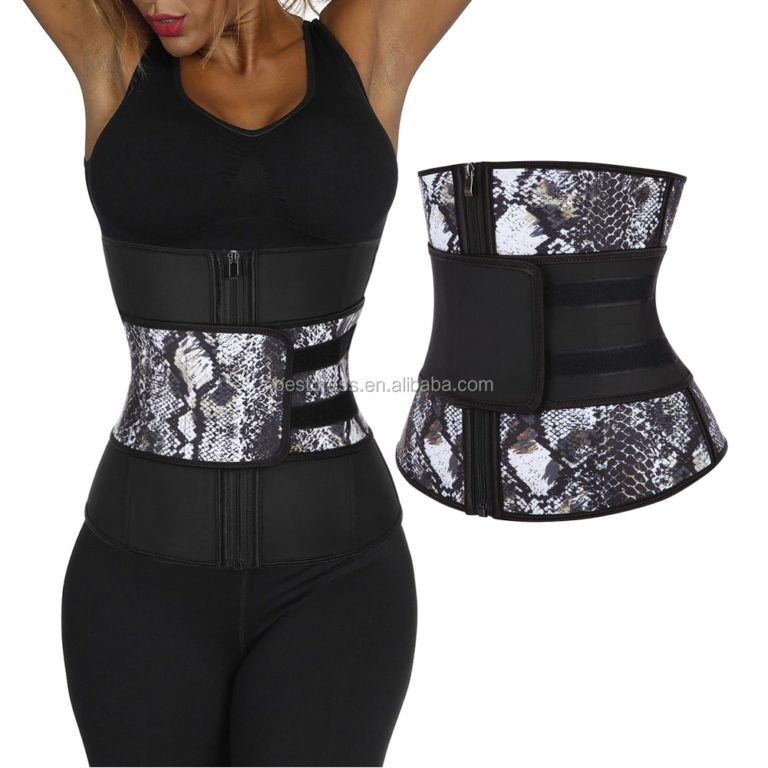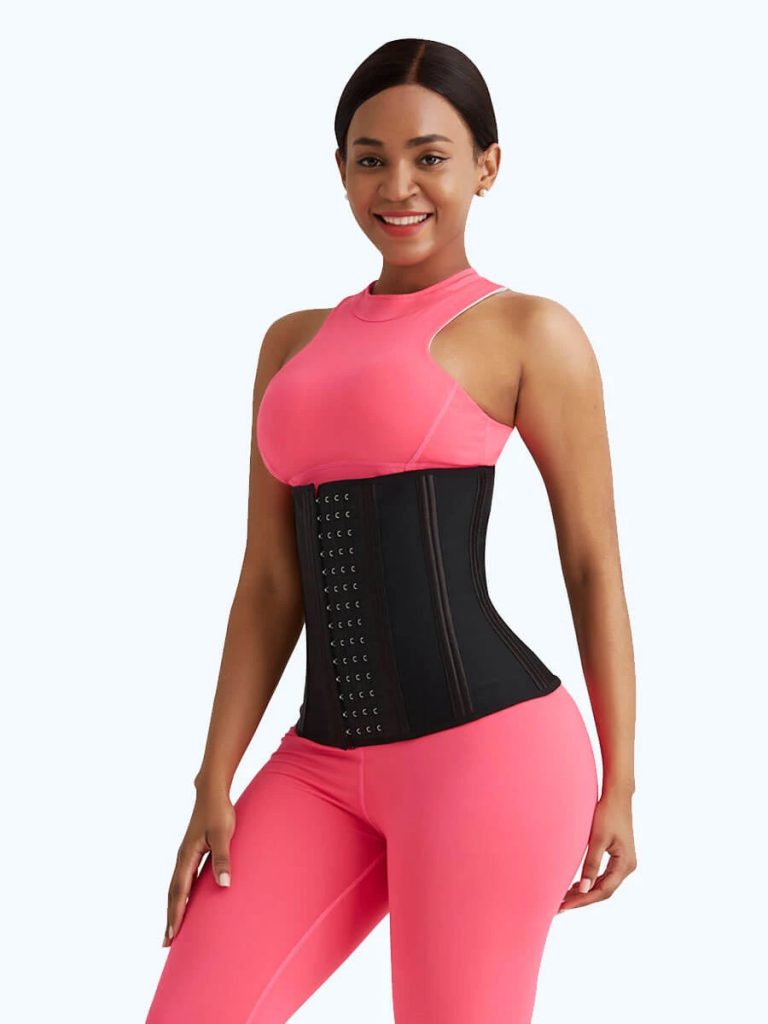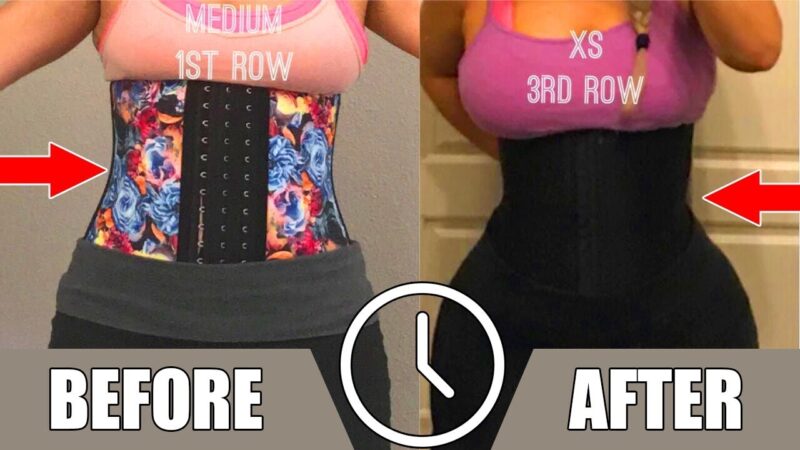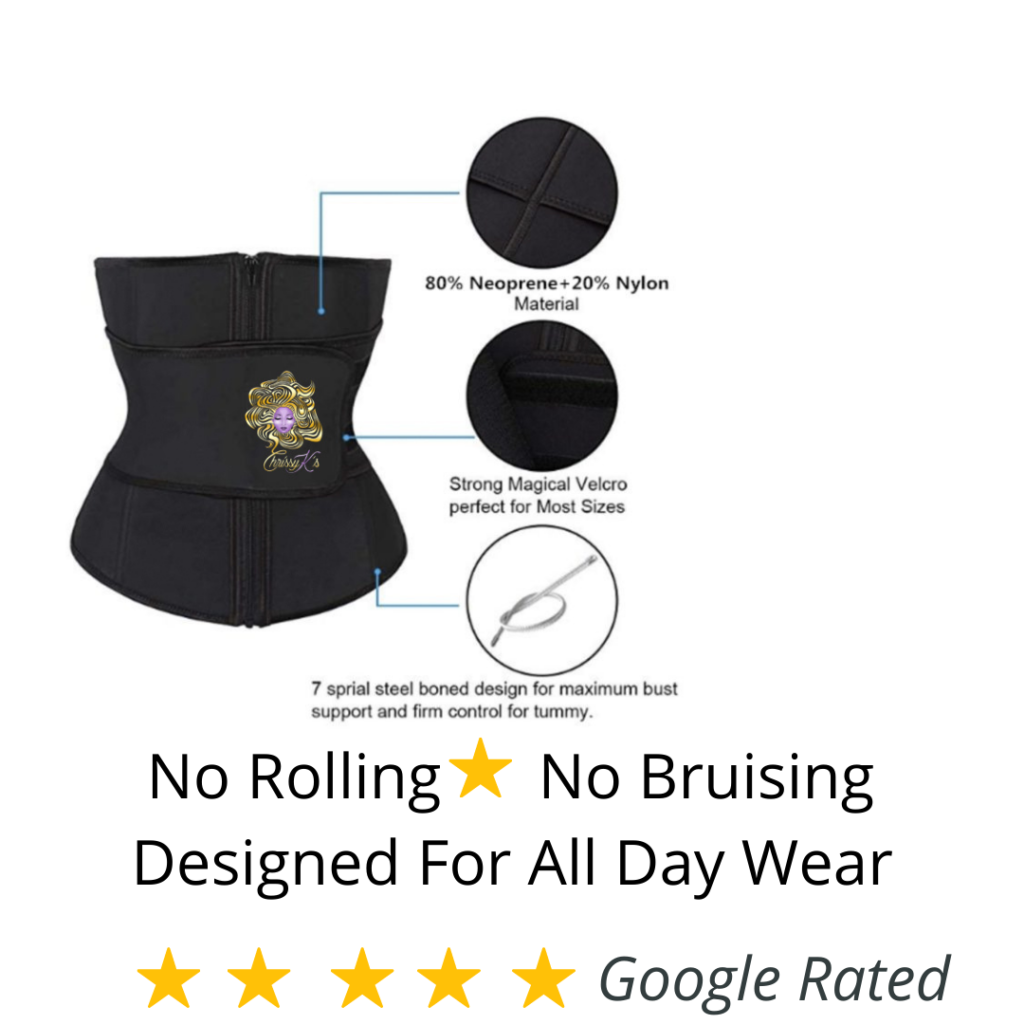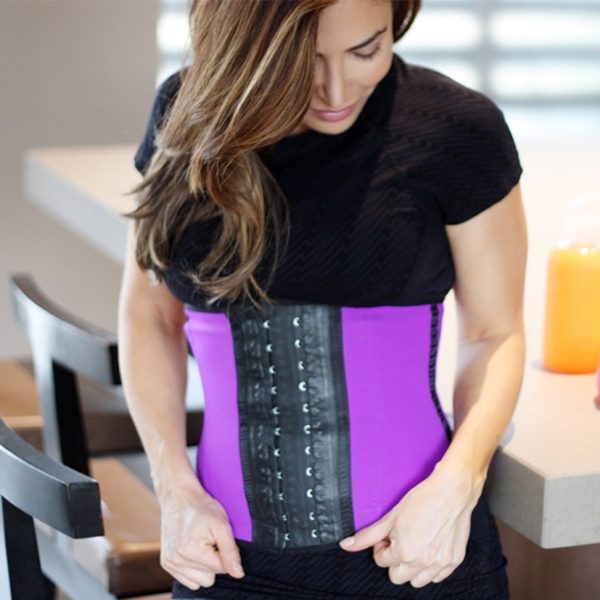Best Waist Trainer For Everyday Wear

The pursuit of a sculpted silhouette has fueled a multi-billion dollar industry, with waist trainers emerging as a prominent tool. However, amidst the promises of instant curves, consumers are faced with a bewildering array of choices. Finding a waist trainer suitable for everyday wear requires careful consideration, balancing efficacy, comfort, and potential health impacts.
This article delves into the complexities of selecting the best waist trainer for daily use. We will explore the crucial factors to consider, from material and design to expert opinions on safe and effective usage. By providing a comprehensive overview, this guide aims to empower readers to make informed decisions that prioritize both aesthetics and well-being.
Understanding the Landscape of Waist Trainers
The market is saturated with various types of waist trainers. These range from flexible compression garments to rigid corsets. Understanding the differences is vital.
Types of Waist Trainers
Latex waist trainers are popular for their affordability and ability to generate heat, potentially increasing perspiration. Steel-boned corsets offer more significant cinching and structure. Fabric waist trainers, often made from breathable materials, prioritize comfort and flexibility.
According to a report by MarketWatch, the global shapewear market, which includes waist trainers, is projected to reach $5.6 billion by 2028. This highlights the growing consumer demand for these products.
Key Considerations for Everyday Wear
Choosing a waist trainer for everyday wear requires a focus on comfort, breathability, and support, rather than extreme compression. Durability is also key. It must withstand repeated use and washing.
Material and Design
Breathable materials like cotton blends or mesh are ideal for extended wear. They minimize discomfort and prevent skin irritation. Look for adjustable closures to ensure a snug, but not restrictive, fit throughout the day.
Avoid waist trainers with rigid boning that could impede movement or dig into the skin. Flexible boning or strategically placed panels provide support without compromising comfort. The American Osteopathic Association recommends prioritizing garments that allow for a full range of motion.
Fit and Sizing
Accurate sizing is paramount to both comfort and effectiveness. Refer to the manufacturer's sizing chart and take precise measurements of your waist at its narrowest point. Begin with a looser fit and gradually increase compression as your body adjusts.
Avoid the temptation to purchase a smaller size in hopes of achieving more dramatic results. This can lead to discomfort, restricted breathing, and potential health risks. Proper fit ensures that the waist trainer provides support without causing undue pressure on internal organs.
Level of Compression
For everyday wear, opt for a waist trainer with moderate compression. This provides gentle shaping and support without hindering breathing or circulation. High compression waist trainers are better suited for special occasions or workouts, under expert guidance.
"The key is to find a balance between shaping and comfort. You should be able to breathe and move freely while wearing a waist trainer for extended periods," advises Dr. Emily Carter, a certified personal trainer and wellness expert.
Potential Benefits and Risks
While waist trainers are often marketed as a quick fix for weight loss, their primary benefit is temporary shaping. However, it's crucial to understand both potential benefits and risks associated with their use.
Potential Benefits
Some users report improved posture and back support while wearing a waist trainer. This can be particularly beneficial for individuals who spend long hours sitting or standing. A heightened awareness of core engagement is another possible effect.
However, these benefits are largely anecdotal. More rigorous scientific research is needed to substantiate these claims.
Potential Risks
Prolonged or excessive waist training can lead to a variety of health problems. Restricted breathing, digestive issues, and skin irritation are among the most common concerns. In more severe cases, it can even contribute to organ damage.
Consult with a healthcare professional before incorporating a waist trainer into your routine. Especially if you have pre-existing health conditions such as heart problems or respiratory issues. Listen to your body and discontinue use if you experience any discomfort or adverse effects.
Expert Recommendations and Alternatives
Most health professionals discourage the use of waist trainers as a primary method for weight loss or body shaping. They emphasize the importance of a healthy diet and regular exercise.
Expert Opinions
Dr. Anya Sharma, a bariatric physician, states that "Waist trainers offer a temporary illusion of a smaller waist, but they don't address the underlying causes of weight gain." She advocates for sustainable lifestyle changes. She emphasis a balanced diet and consistent physical activity.
Physical therapists often recommend core strengthening exercises as a more effective and sustainable alternative to waist trainers. Exercises like planks, bridges, and abdominal crunches help build muscle and improve posture naturally.
Sustainable Alternatives
Focus on building a strong core through targeted exercises. This will provide natural support and improve your overall physique. Maintaining a healthy weight through diet and exercise will contribute to long-term body shaping.
Prioritize overall well-being over quick fixes. Consult with a qualified healthcare professional or fitness expert for personalized guidance on achieving your health and fitness goals.
Conclusion
Choosing the best waist trainer for everyday wear requires careful consideration of material, fit, compression, and potential health risks. While waist trainers can offer temporary shaping and support, they are not a substitute for a healthy lifestyle. Prioritize comfort, safety, and sustainable alternatives to achieve long-term body shaping goals. Make informed decisions that prioritize both aesthetics and well-being.

